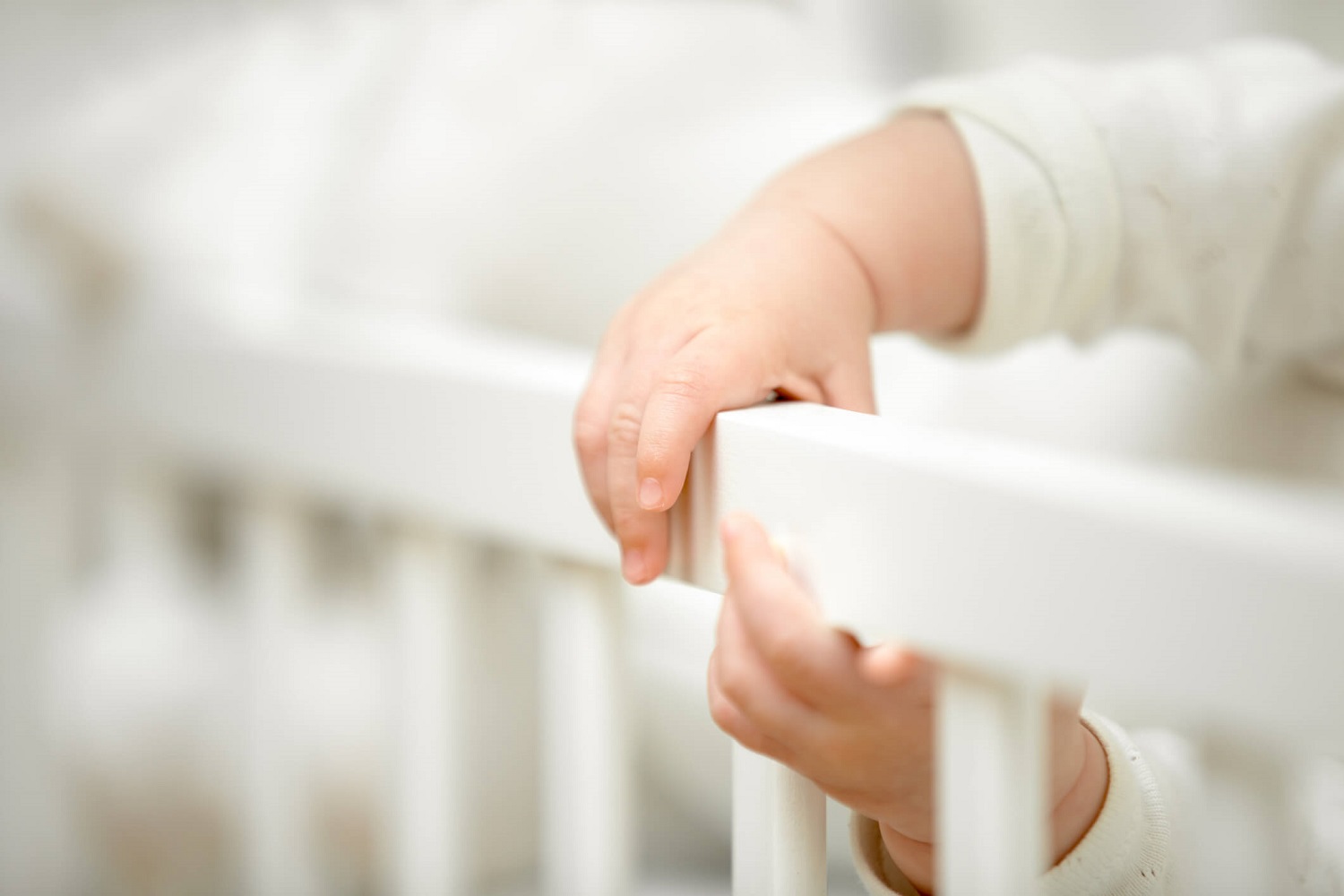
Is Your Baby’s Crib Exposing Them to Toxins? Here’s What You Need to Know
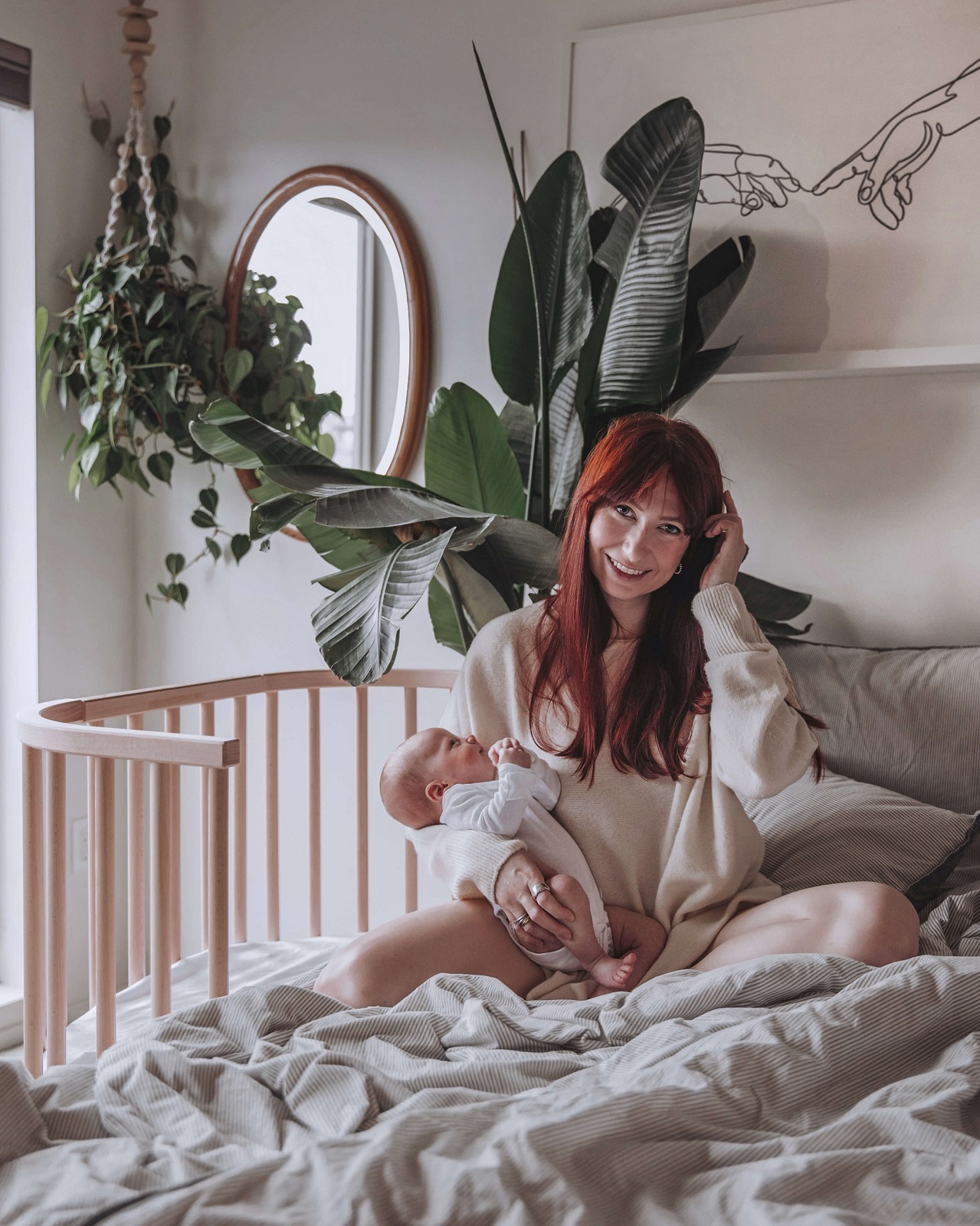
Make Co-Sleeping Comfortable and Safe (For You and Your Baby!)
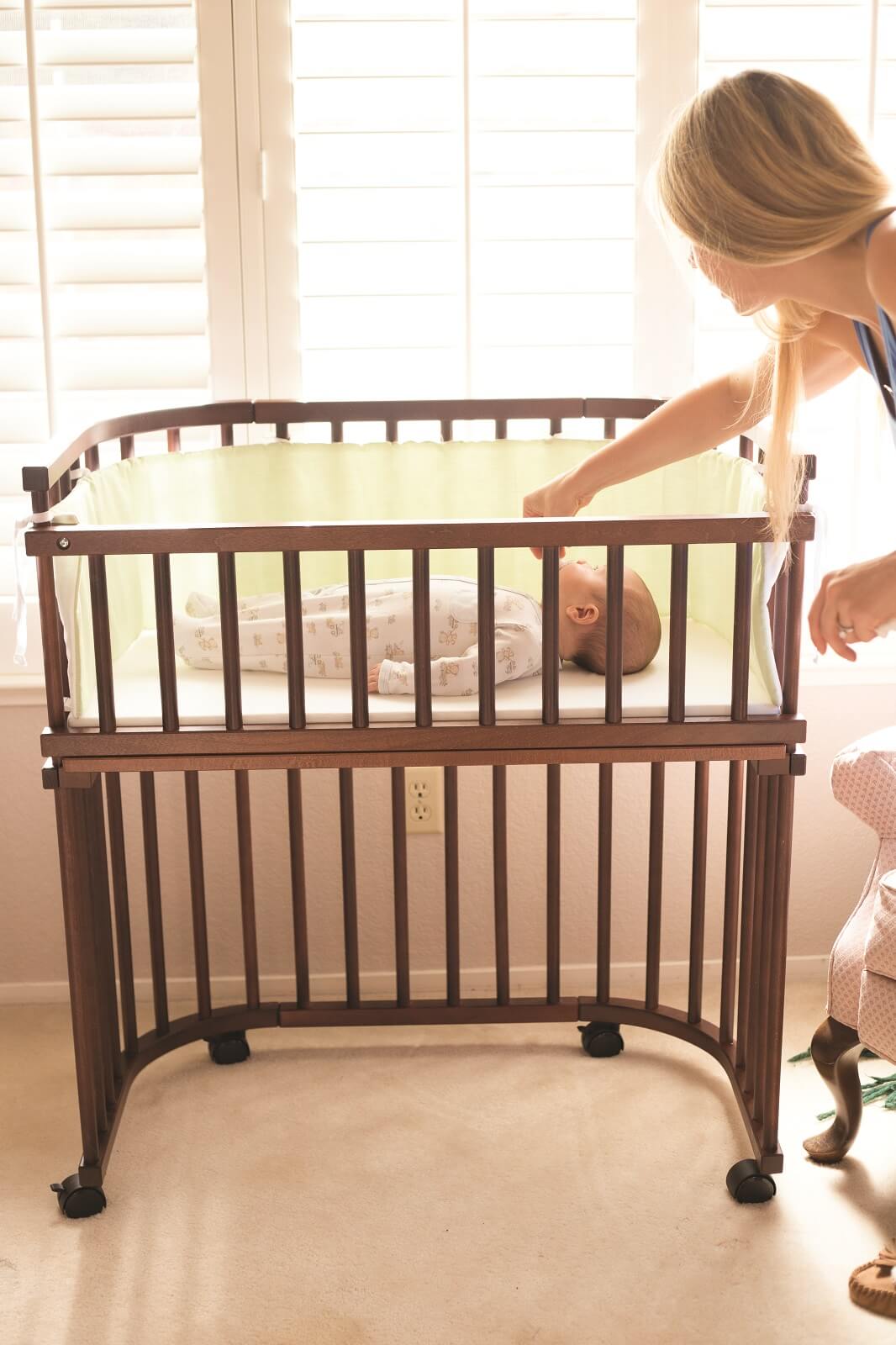
How to Break Co Sleeping and Move Baby Into a Room of Their Own
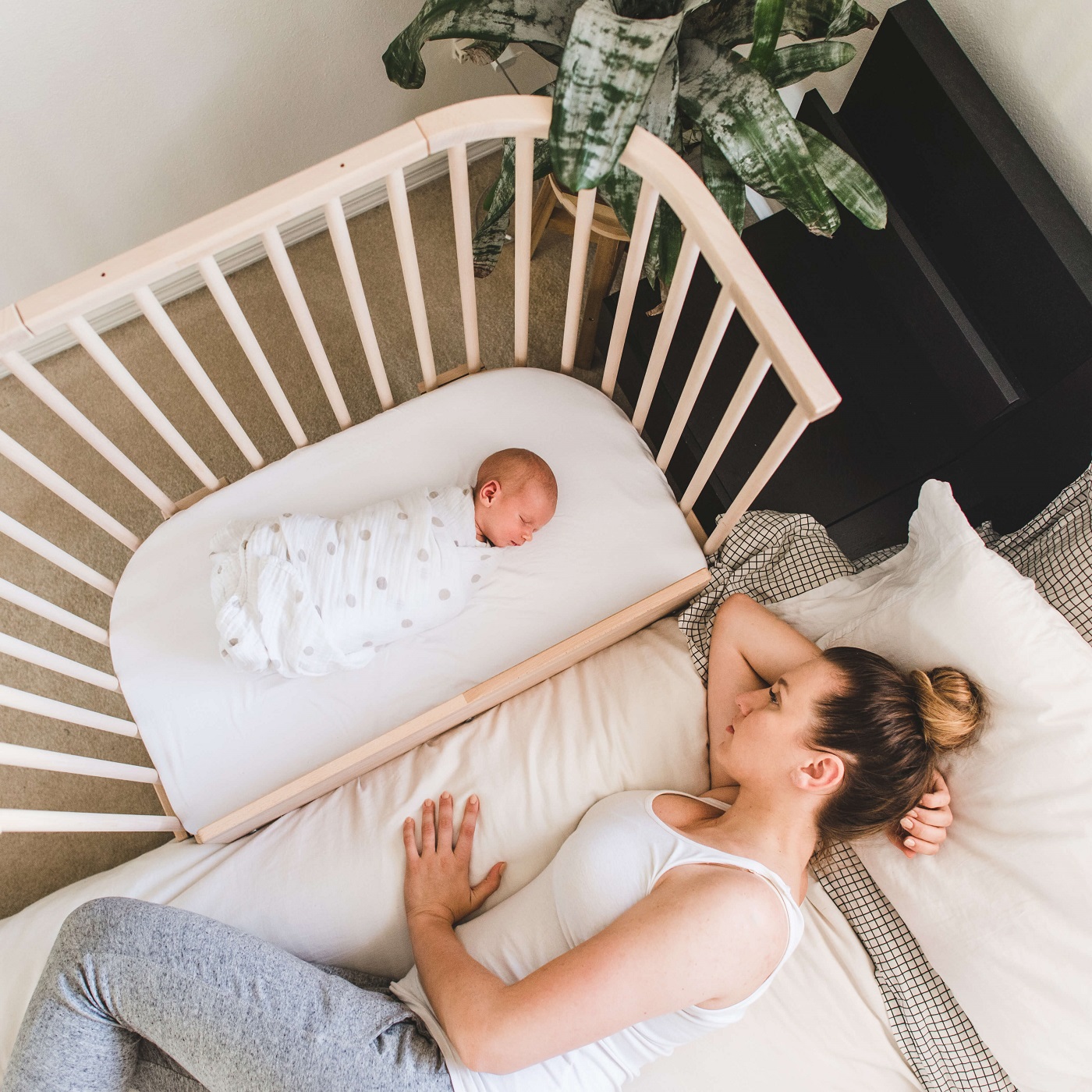
When Is Co Sleeping Safe for My Baby?
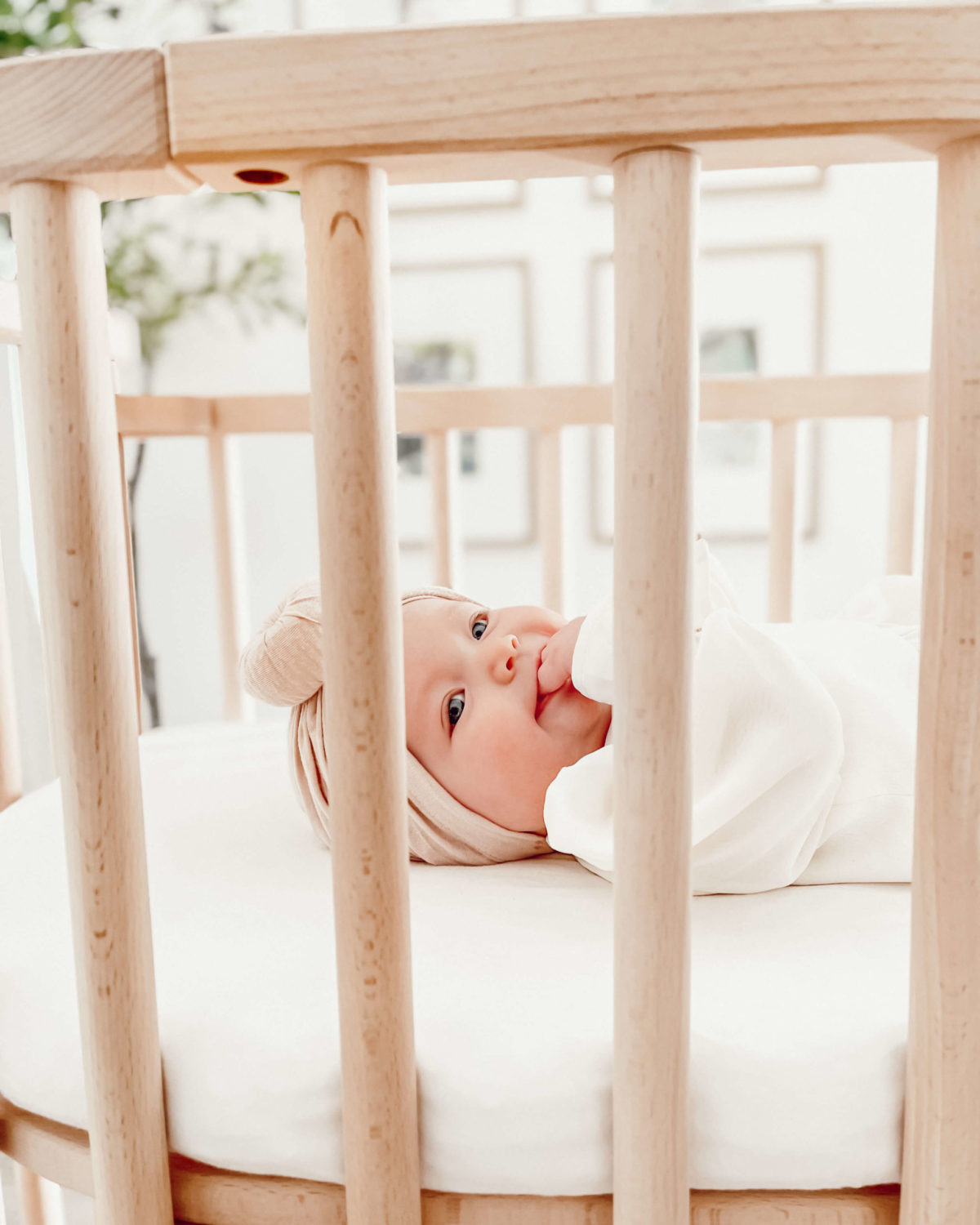





Discount Applied Successfully!
Your savings have been added to the cart.